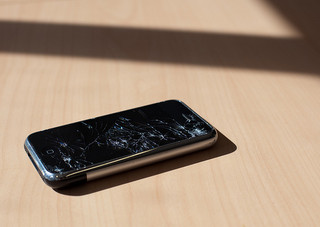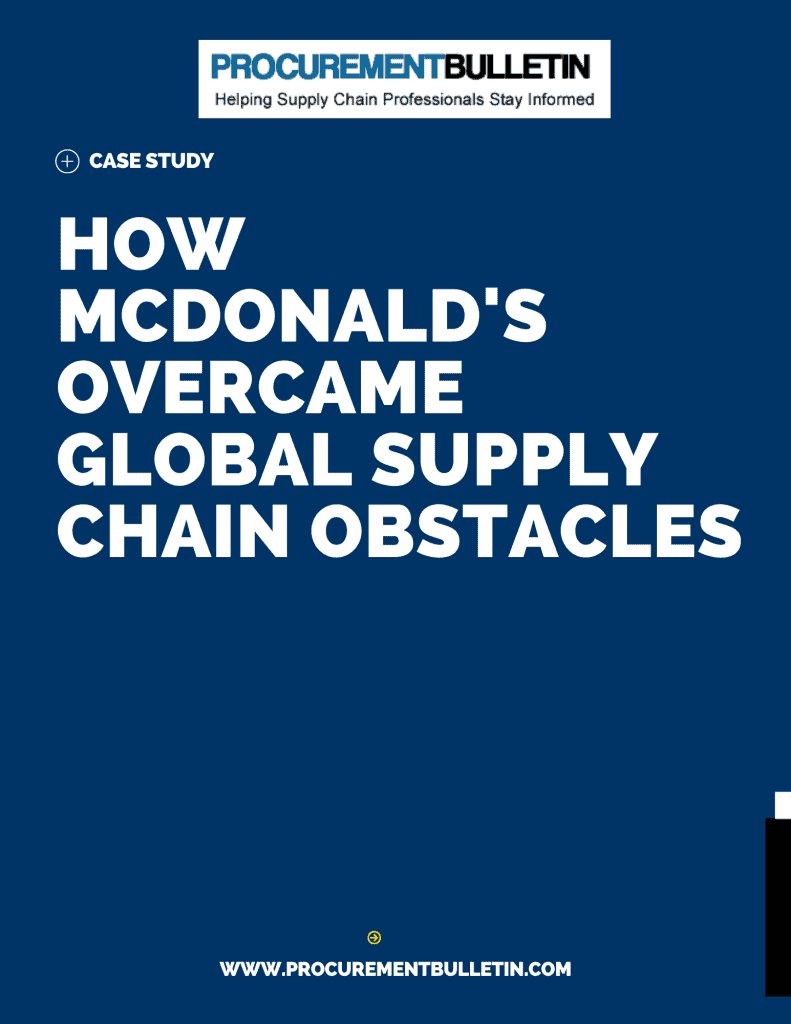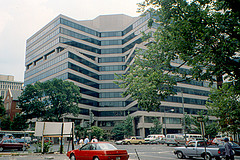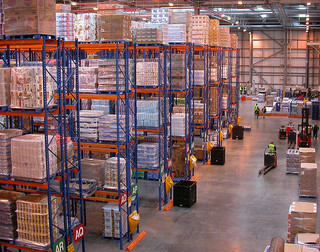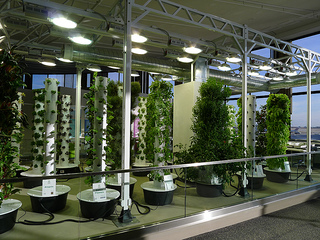Will Apple leave Corning Glass for a More Durable Alternative?

Consumers rarely notice the glass on their phone until they crack it. Yet companies are constantly aware of the thousands of hours they’ll spend on support and customer service for the same issue – regardless of the device’s warranty. Finding a durable alternative screen option is beneficial for all parties.
This article is for Premium Members only. Please login below to read the rest of this article.
Not a Premium Member yet? Become one today.
[login_form redirect=’https://www.procurementbulletin.com/will-apple-leave-corning-glass-for-a-more-durable-alternative’]
[show_to accesslevel=’Premium Members’]
It’s no surprise that Apple, one of the top smartphone makers, may find it hard to see through the cracks in its glass screens. Will Apple leave Corning Glass for a more durable alternative? Read on to find out if there’s any truth behind the rumor.
Apple and Corning Glass

Apple’s relationship with Corning Glass began with the iPhone’s prototype. At the time, Steve Jobs refused to settle for a plastic screen and courted Corning for its durable Gorilla Glass product, which Apple has now used on its smartphones and tablets since 2006.
Since then, Corning has made three versions of Gorilla Glass – each came with its own challenges for Apple and consumers. Needless to say, the glass and the partnership aren’t unbreakable.
Rumors From the Glass Mill
Around the same time Apple started using Gorilla, another glass-geared tech company opened up shop. GT Advanced Technologies (GTAT), a manufacturer of the lesser known sapphire material produced through the company’s patented ASF® furnace, is now a top contender for Apple’s future screens.
According to Forbes, “In November 2013, Apple announced a $578 million deal with GT Advanced Technologies wherein GTAT would supply sapphire substrate, or sapphire glass, to Apple. Since then there has been speculation over the application of sapphire glass in iPhone and iWatch.”
It’s estimated that Apple accounts for around 16 percent of Corning’s Gorilla Glass sales – meaning Apple’s departure would hardly leave a scratch; conversely, Apple’s investment in GTAT’s sapphire could strengthen the fledgling company.
The Strength in Sapphire

Until now, the sapphire material’s main applications were in LED lights; however, the company notes that the product can be used in everything from electronics devices to aerospace and defense machinery.
Sapphire material is, by nature, harder than glass – second only after diamond. Sapphire’s main defense against screen shattering is in its scratch resistance. Experts say scratches weaken a device’s screen overtime, which can spider-web the screen when it is eventually dropped.
Sapphire is Still in the Blue

Apple hasn’t publicly given the green light on any sapphire applications just yet. The strength of the sapphire material, and Apple’s interest, doesn’t necessarily mean we’ll see sapphire smartphones on the market. Although, it’s important to note that Apple has used sapphire for the iPhone’s camera lens since 2012.
The secret to Apple’s investment may be in sapphire’s range. Apple already has a patent for a sapphire laminate that overlays glass to prevent the scratches that cause vulnerabilities.
It’s safe to say, the fusion-process coating was likely Apple’s first step in securing a durable screen for the iWatch. Apple’s investment in GTAT could simply be the progress of its patent.
Which screen option looks like a better bet to you? Share your thoughts in the comments below. [/show_to]


